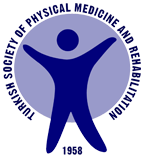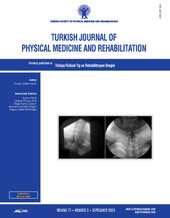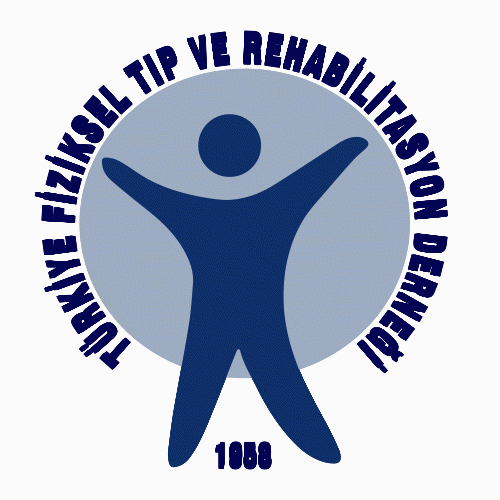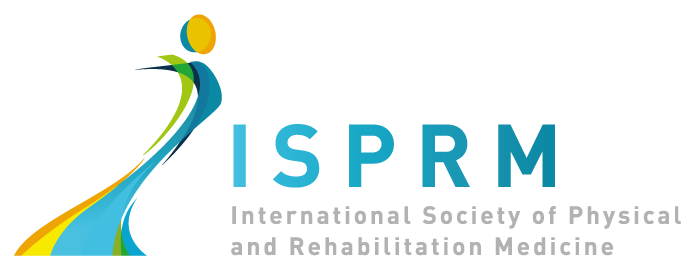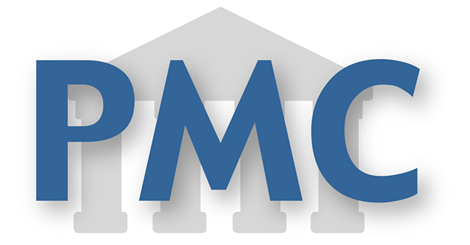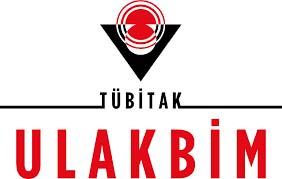Continuous versus low-intensity interval aerobic exercise in pulmonary rehabilitation after COVID-19
2 Department of Physical Medicine and Rehabilitation, Ankara Bilkent City Hospital, Ankara, Türkiye
3 Department of Physical Medicine and Rehabilitation, University of Bakırçay, Faculty of Medicine, İzmir, Türkiye DOI : 10.5606/tftrd.2025.14301 Objectives: This study aimed to compare the effectiveness of mild-moderate intensity continuous training (CT) and low-intensity interval moderate-intensity training (LIIT) aerobic exercises in pulmonary rehabilitation after coronavirus disease 2019 (COVID-19).
Patients and methods: This prospective study was conducted between January 2021 and January 2022. Sixty-three patients (47 males, 16 females; mean age: 54.3±11.3 years; range, 25 to 81 years) with one or more residual symptoms following COVID-19 infections were randomly included in the CT (n=33) or LIIT (n=30) groups. Fifteen sessions (60 min, 3-5/week) of aerobic exercise (20-min 40% of peak workload for CT; 40% peak workload with 3-min loaded and 1-min nonloaded intervals for LIIT, with 5 min warm-up and cool-down), breathing, and upper extremity strengthening exercises were applied. Outcome measures were symptom-limited submaximal exercise test, and six-minute walk test (6MWT), the modified Medical Research Council (mMRC) dyspnea scale, modified Borg dyspnea scale, and Borg 6-20 rate of perceived exertion scale, hand grip strength, fat-free mass, Hospital Anxiety and Depression Scale (HADS), and 36-item Short-Form Health Survey.
Results: The maximum load and time reached during the exercise test, the 6MWT distance, hand grip strength, mMRC, HADS, and SF-36 scores significantly improved in both groups (p<0.05). Resting modified Borg dyspnea scores, heart rate, rate of perceived exertion, and oxygen supplementation requirement decreased significantly in the LIIT group (p<0.05). All posttreatment measures were similar in both groups (p>0.05). The changes in mMRC, resting heart rate, and 6MWT distance were significantly higher in the LIIT group compared to the CT group (p<0.05).
Conclusion: Both CT and LIIT improved functional capacity, dyspnea, tachycardia, depression, and quality of life measures safely and effectively in COVID-19 survivors with residual symptoms. Patients with poor clinical status who cannot tolerate CT after an acute pulmonary condition such as COVID-19 may benefit from LIIT.
Keywords : Aerobic exercise, COVID-19, dyspnea, long-COVID, post-COVID syndrome, pulmonary rehabilitation